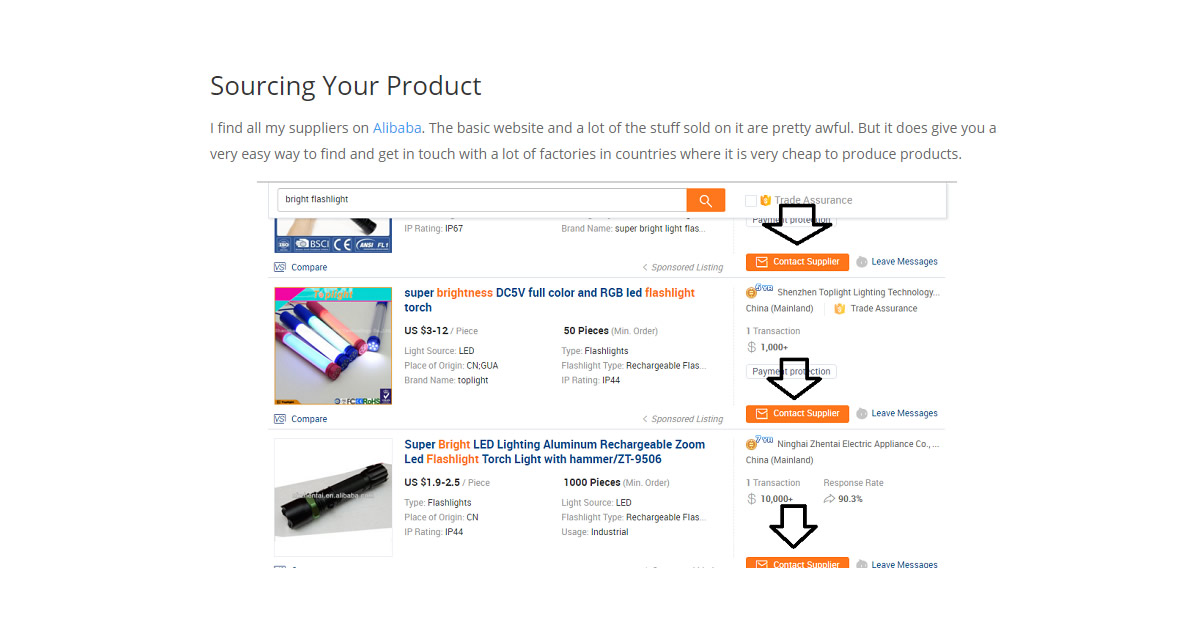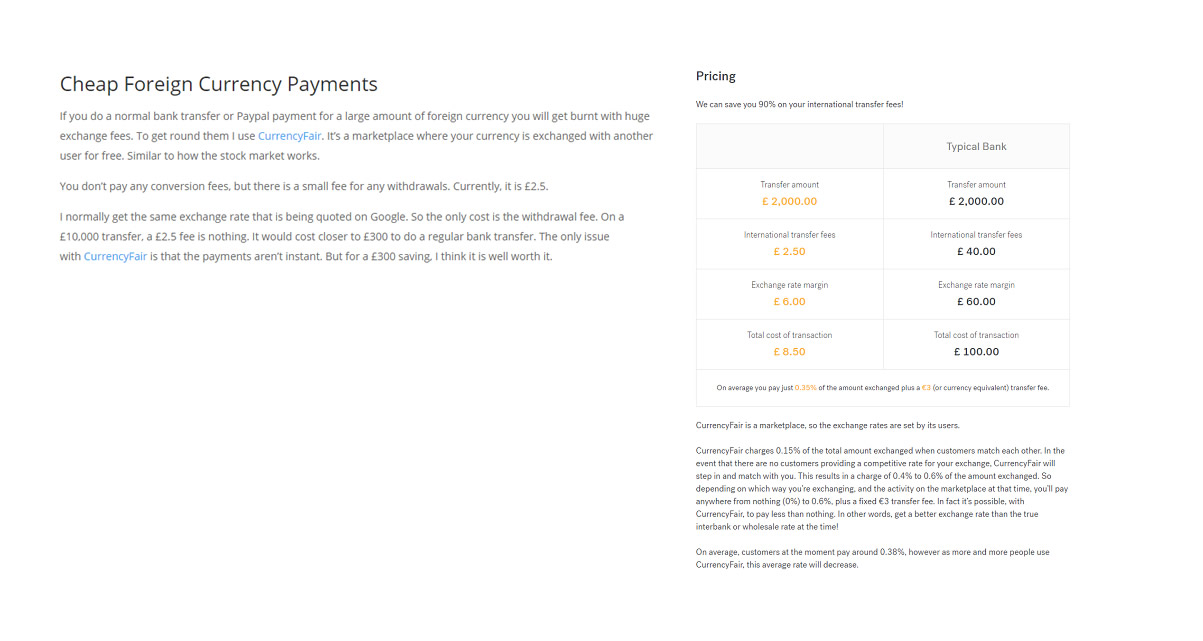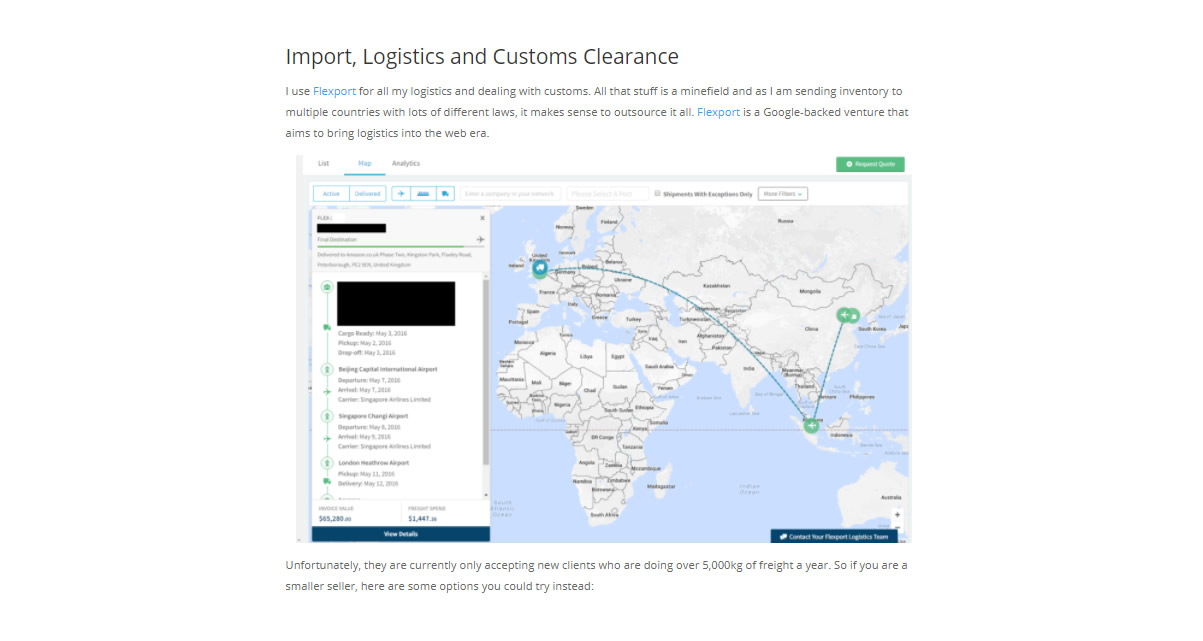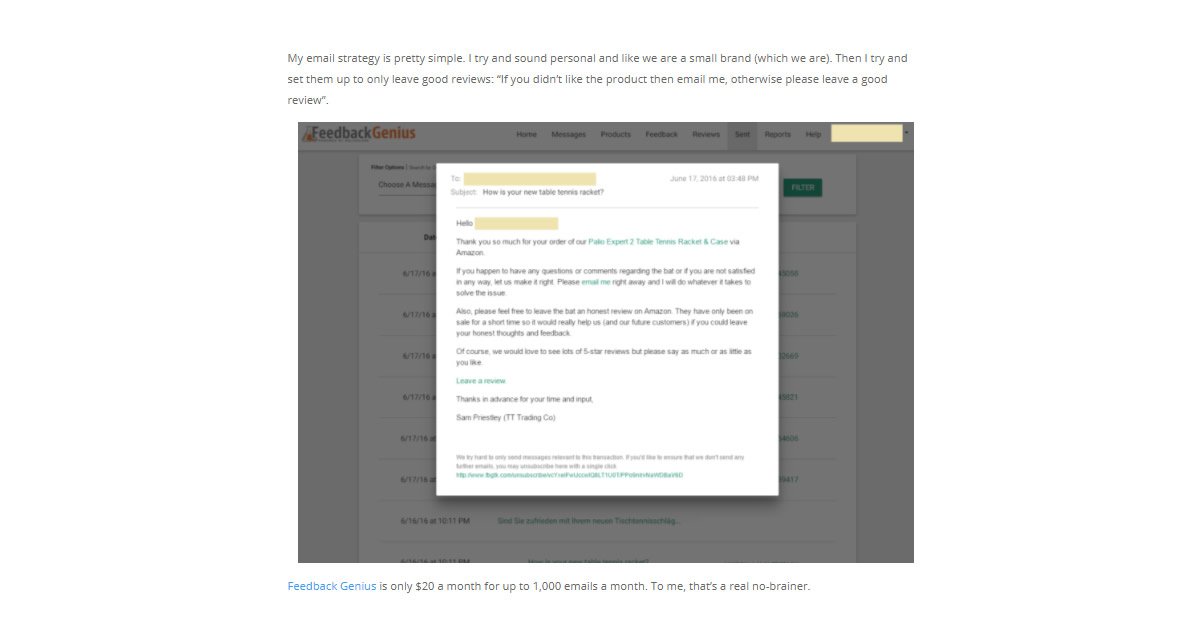Hello, and welcome to The Arbing Blog! My name is Sam Priestley. I am 28 from England and I spend my time trying to start businesses and learn new skills. That’s me on the right on my honeymoon.
The Arbing Blog was launched in 2014 as online journal, somewhere I could record what I was up to. Somewhere that would be here forever and that I could always point to as a CV if I ever needed to get a job. I thought it might end up making money, but that was never the primary motivation.
The blog pottered along. I would write really long articles documenting exactly what I did when starting different businesses, and those posts started to get very popular.
Since then it has grown and now earns me quite a good income, but I try to keep it true to what it always was. An honest account of my experiences – not a preachy guru telling you what to do without ever doing it themselves.
I don’t consider myself an expert or a business genius. I am just an amateur muddling my way through. Perhaps you can learn from my experiences.
How It All Started
Almost 10 years ago while in my second year of university I was introduced to matched betting. A simple way to earn money from online bookies and casinos by taking advantage of the free bets they offer to new customers. It started off as just a way to get out of my overdraft and pay for the next night out, but over the year my earnings grew. By the Summer holiday I decided not to get a job, but dedicate myself full-time to matched betting. I managed to earn a mouth-watering £250 a week during the holiday.
The next year I grew from matched betting to arbitrage (known as arbing) and by the time I came to graduate I was earning more than any job could offer. Over the next few years, my earnings continued to grow and our strategies got more and more developed.
But always in the back of my mind was the thought that professional matched betting wasn’t what I should be doing. I wasn’t building any skills and it wasn’t a unfulfilling business – I wasn’t creating anything. So on the side I started reinvesting my profits into new businesses.
- One of the first was a car import/export business.
- Then a property development in Malta, a mistake I’m still paying for now. The first two attempts worked great. The third, not so much.
- And a whole bunch more. From face-painting to a social network. Most of them failed. At the time I was young and naive and willing to try anything. I assumed everything was easy and had enough successes to reinforce that belief.
EVERY TOOL I USE FOR MY AMAZON SELLER BUSINESS
My post how to start an Amazon FBA business was a beast. 4,000 words of in-depth step-by-step explanation on how to become a profitable Amazon seller from scratch. But 4,000 words is massive, I wouldn’t be surprised if you got bored after the first paragraph, or decided it just wasn’t for you.
Well to make it easier (and also in response to a bunch of emails) I have compiled in this shorter post every Amazon seller tool I use to run my Amazon FBA businesses. And it’s not just me who uses them. They all originally came recommended from friends of mine who are very profitable Amazon sellers.
Market Research
I recently wrote a whole article about market research for Amazon FBA. In it, I completed raved about my favourite Amazon seller tool: Jungle Scout. It’s seriously awesome and powerful. And the more I use it the more I like it. Jungle Scoutlets you very easily dive into Amazon and getting all sort of useful information about your potential competitors and choose where you’ll position your niche. It even includes approximate monthly sales.
The Chrome extension costs $87 one-off and works with the UK and USA marketplaces. Or the Web App (which I use) is $69 a month for the version that includes the Niche Hunter (my favourite tool) or £39 for just the product database. It only works with the USA marketplace.
EDIT: The Web App now works for all marketplaces and not just the USA.
If I’d known about Jungle Scout when I first started it would have saved me from a lot of the rookie Amazon seller mistakes I made.
Sourcing Your Product
I find all my suppliers on Alibaba. The basic website and a lot of the stuff sold on it are pretty awful. But it does give you a very easy way to find and get in touch with a lot of factories in countries where it is very cheap to produce products.
It’s free to contact the suppliers. But they will often charge you to send you samples.
I’ve been able to run a profitable Amazon seller business involving multiple factories building my own unique products. All without ever leaving my bedroom. I have never been to China. I have never even spoken to anyone on the phone. I communicate completely through email or sometimes skype messages. All thanks to Alibaba and the contacts I made through it.
Cheap Foreign Currency Payments
If you do a normal bank transfer or Paypal payment for a large amount of foreign currency you will get burnt with huge exchange fees. To get round them I use CurrencyFair. It’s a marketplace where your currency is exchanged with another user for free. Similar to how the stock market works.
You don’t pay any conversion fees, but there is a small fee for any withdrawals. Currently, it is £2.5.
I normally get the same exchange rate that is being quoted on Google. So the only cost is the withdrawal fee. On a £10,000 transfer, a £2.5 fee is nothing. It would cost closer to £300 to do a regular bank transfer. The only issue with CurrencyFair is that the payments aren’t instant. But for a £300 saving, I think it is well worth it.
Import, Logistics and Customs Clearance
I use Flexport for all my logistics and dealing with customs. All that stuff is a minefield and as I am sending inventory to multiple countries with lots of different laws, it makes sense to outsource it all. Flexport is a Google-backed venture that aims to bring logistics into the web era.
Unfortunately, they are currently only accepting new clients who are doing over 5,000kg of freight a year. So if you are a smaller seller, here are some options you could try instead:
- Shapiro – I’ve never used them but they recommended by Amazon.
- Fedex or DHL– Very easy to use and you can send straight from your supplier to the Amazon FBA warehouses. It is probably the cheapest option for shipments under 100kg.
Warehousing & Fulfilment
I use Amazon FBA for single item fulfilment. Unfortunately, you need to pay Amazon per item in the order. Even if you’re selling hundreds to a single buyer. To get round that huge cost I use Shipwire for any wholesale fulfilment. Provided I’m selling full cartons it works out very cheap.
That being said, I have had some bad experiences with Shipwire. They can be slow and they only work in dollars. Ok, I know they’re not an Amazon seller tool. But if you are building a brand then wholesaling to physical retailers should definitely be in your long-term plan.
Marketing
I have three marketing streams:
- Amazon PPC adverts.
- Marketing through a well-read blog.
- Through organic traffic from Amazon.
I’m not great at marketing, but you can read about my experiments with PPC here and the update here.
Getting Reviews
I have found that the number and quality of reviews on your product on Amazon are hugely important for getting sales. But most people don’t leave a review, so if you leave it to build organically it could take hundreds of sales before even getting one. Which means potentially thousands of missed sales before your product looks trustable.
One tactic for getting more reviews that I like to do is to email each customer personally. Unfortunately, Amazon doesn’t let you send out automated emails and if I had to do it manually I’d be typing all day. Luckily there is a third party website known as Feedback Genius that does it for you.
On Feedback Genius, you can set up automated emails that contain. It also ties in with all marketplaces, so I can send my personal friendly emails in different languages depending on what Amazon they purchased from.
My email strategy is pretty simple. I try and sound personal and like we are a small brand (which we are). Then I try and set them up to only leave good reviews: “If you didn’t like the product then email me, otherwise please leave a good review”.
Bookkeeping And Accountancy
I use Xero UK (click here for the USA version) for all my accounting and bookkeeping. It’s not specifically for Amazon sellers, in fact I use it for every one of my businesses, but it does work great with Amazon.
You link up your Amazon seller and bank accounts to it, and Xero reconciles everything and provides you with every report imaginable. I also use it to file my VAT and other tax returns.
Check out this post on how I recently used Xero to run one of my latest companies completely without an accountant. It’s a great tool.
Xero currently costs either £22 or £27.5 a month depending on whether you need multi-currency. I do because I sell in USD, CAD and EUR as well as £.
I use a plugin called A2X to automate the linking of my Amazon seller centrals to Xero. A2X is currently $59 a month for each continent (and there’s a 10% forever discount with code TRYA2X17_10%OFF). I therefore need two subscriptions to cover both the Americas and Europe.
A2X isn’t a necessity. You can do it manually if you want, and you probably should if you’re not making much money. But it’s quite a lot of manual work copying and pasting the information from two invoices a month from each marketplace into Xero, and it’s very easy to make mistakes.














